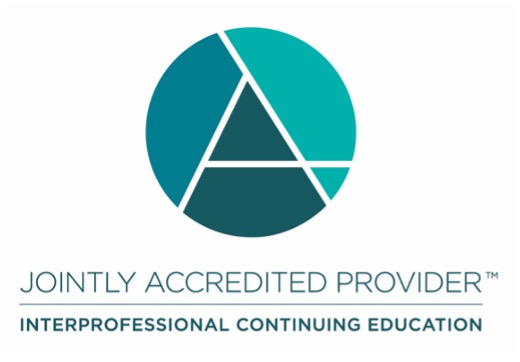Nutrition and Growth During the Adolescent Years
The age of adolescence encapsulates a window of time when bodies are rapidly changing and growing as they evolve into young adults. It is the time when adolescents try to boldly establish their own identities yet desperately seek to be socially accepted by their peers. The challenge for the dietetic practitioner is to engage teens with the message of how to fuel their bodies in a manner that allows them increased autonomy in the decision-making process. When the counseling strategies are engaging, the teen’s mind is impressionable and open to new ideas. However, once information is assimilated, teens are still vulnerable to the pressures of peers, media, rebellious acts, and occasional self-destructive behavior.
This self-directed, accredited continuing education activity includes interactive tools and tips to improve your communication skills and increase your comfort in working with this challenging age group. It will also provide you with the practical repertoire to approach adolescents with confidence.
Learning Objectives
After completing this activity, nutrition professionals will better be able to:
- Identify the specific nutrient needs of adolescents as their bodies develop and mature.
- Assess the nutritional adequacy of the adolescent diet.
- Promote current dietary recommendations to reduce the risk of chronic disease.
- Address the current health threats in adolescents such as obesity, hypertension, and type 2 diabetes.
- Demonstrate effective communication strategies leading to behavior changes in adolescent clients.
1. Story M, Neumark-Sztainer D, Ireland M, Evans T. Adolescent health and nutrition: a survey of perceived knowledge and skill competencies and training interests among dietitians working with youth. J Am Diet Assoc. 2000;100:362-364.
Additional Information
Danielle VenHuizen, MS, RDN, is a Seattle-based dietitian and owner of the private practice Food Sense Nutrition. She has a Masters in nutrition from Bastyr University and specializes in nutrition support for complex GI disorders, cardiovascular disease, food sensitivities, and overall nutrition guidance for kids and families.
Disclosures:
Danielle VenHuizen, MS, RDN, faculty for this activity, has no relevant financial relationship(s) with ineligible companies to disclose.
The planners for this educational activity have no relevant financial relationship(s) with ineligible companies to disclose.
An “ineligible company” includes any entity whose primary business is producing, marketing, selling, re-selling, or distributing healthcare products used by or on patients.
 In support of improving patient care, Great Valley Publishing Company (publisher of Wolf Rinke Associates) is jointly accredited by the Accreditation Council for Continuing Medical Education (ACCME), the Accreditation Council for Pharmacy Education (ACPE), and the American Nurses Credentialing Center (ANCC), to provide continuing education for the healthcare team.
In support of improving patient care, Great Valley Publishing Company (publisher of Wolf Rinke Associates) is jointly accredited by the Accreditation Council for Continuing Medical Education (ACCME), the Accreditation Council for Pharmacy Education (ACPE), and the American Nurses Credentialing Center (ANCC), to provide continuing education for the healthcare team.
This activity will also award credit for dietetics (CDR CPEU).
RDs and DTRs are to select activity type 102 in their Activity Log. Sphere and Competency selection is at the learner’s discretion.
Available Credit
- 18.00 CDR

 Facebook
Facebook X
X LinkedIn
LinkedIn Forward
Forward